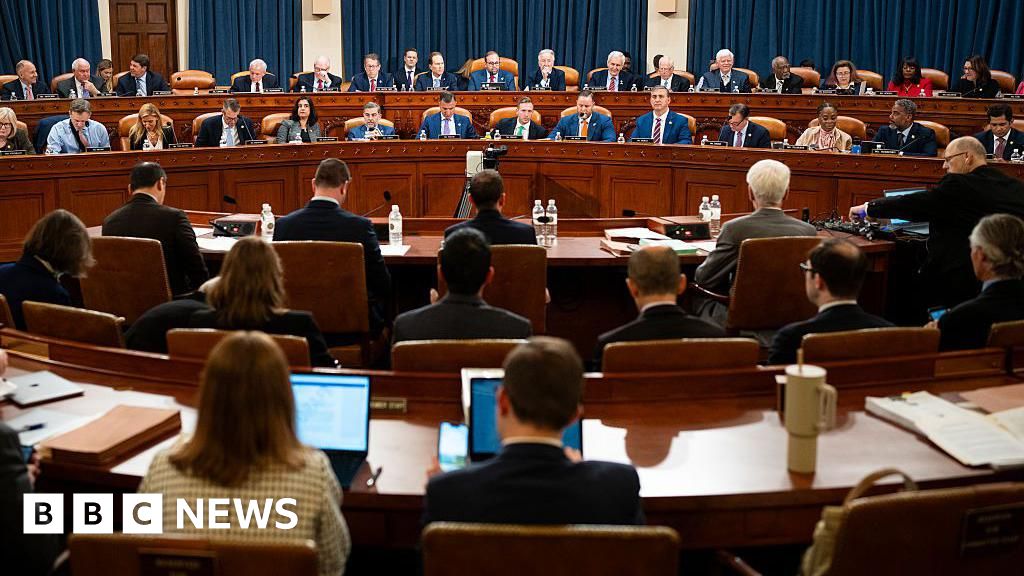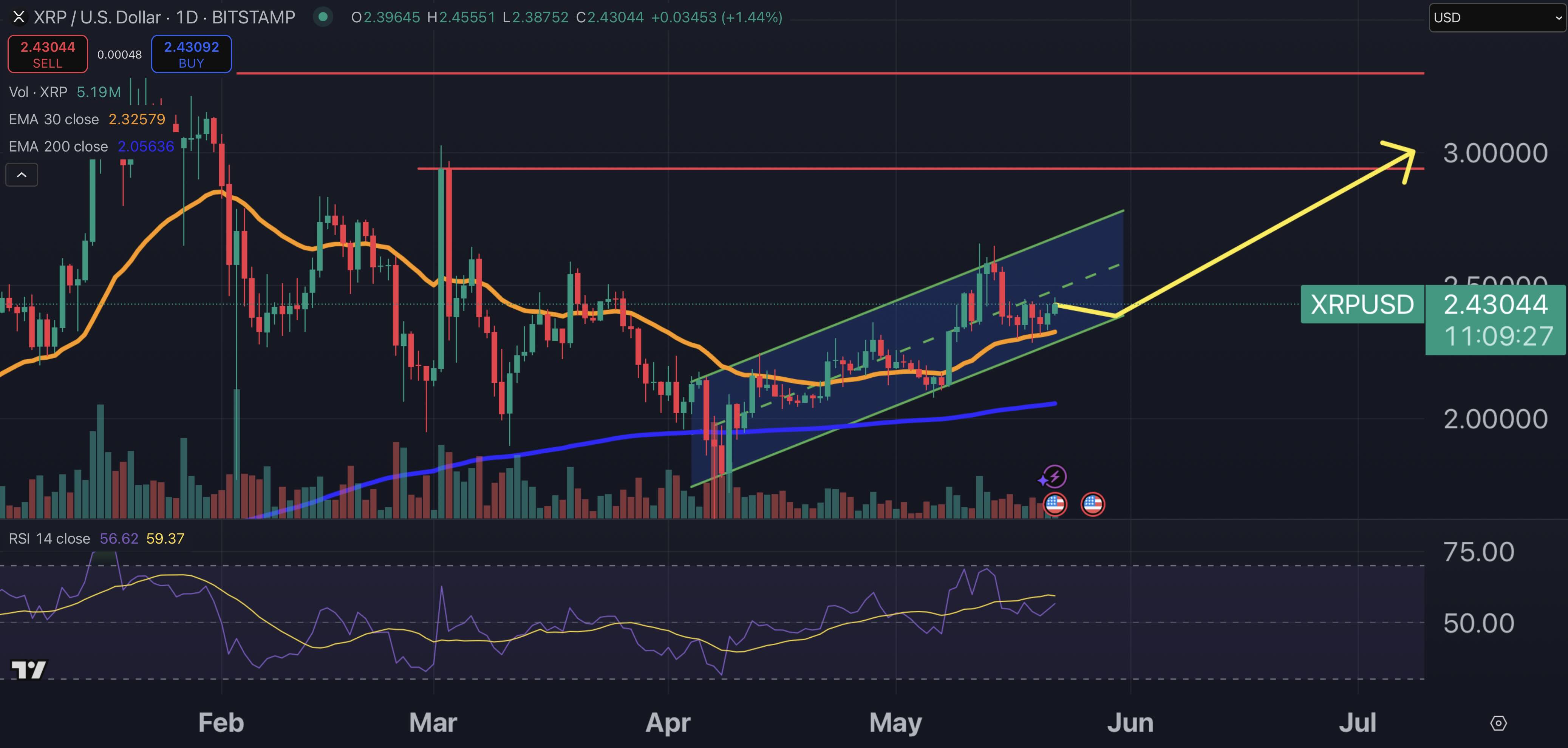As organizations navigate economic pressures and shifting workforce dynamics, the importance of making every hire count has never been greater. This drives a significant shift from traditional recruiting metrics like time-to-fill and cost-per-hire toward a more strategic focus on long-term business impact.
Quality of hire has become the North Star metric for forward-thinking talent acquisition leaders. In a recent Aptitude Research survey—conducted in partnership with hiring intelligence platform Crosschq—of 256 HR and TA leaders, an interesting takeaway stood out: Improving quality of hire is a top priority for organizations in 2025.
According to the report, 75% of HR and TA leaders identify improving this metric as their top priority, significantly outpacing traditional KPIs. This focus is driven by the recognition that high-quality hires reach proficiency faster, perform more consistently and contribute more significantly to organizational success.
According to Crosschq, quality of hire is typically assessed using several key factors:
- Performance ratings, to measure how well the employee is doing on the job
- Cultural fit, reflecting alignment with company values and environment
- Retention, indicating whether the employee stays with the company long term
- Productivity, looking at how much work the employee accomplishes and how quickly they become effective
- Feedback from managers and co-workers, which provides insight into collaboration, attitude and overall contribution
Challenges in measuring quality of hire
Despite the urgency behind making quality hires, many HR leaders have struggled to align resources behind the effort. One of the most significant challenges is establishing a clear definition and consistent measurement approach.
As Steve Hunt, chief scientist in residence at hiring at Crosschq, notes in the Aptitude Research report, “People are more focused on what influences QoH and aren’t confident in their ability to quantify it or measure it.”
The multidimensional nature of QoH means there’s no one-size-fits-all metric. However, Aptitude’s research reveals that organizations delivering consistently high-quality hires have overcome this challenge by defining the metric clearly and establishing ownership.
When Aptitude asked respondents to rate their organization’s ability to deliver quality hires, only 38% of companies said they consistently achieve high-quality hires. Interestingly, just 23% of those effective organizations measure QoH comprehensively, using both quantitative and qualitative data, while others take simpler approaches.
Read more HR tech for workforce intelligence is turning data into action
AI’s expanding role in quality of hire
Michael Fitzsimmons, CEO at Crosschq, says technology is helping HR departments move from viewing recruitment as a transactional process to a strategic driver of business outcomes. “We’re still trying to solve the problem,” he says. “With AI, we can do it.”
Fitzsimmons emphasizes the connection between recruiting process optimization and quality of hire: “Job design could be a mismatch from the start.” However, he believes AI can improve screening to better match candidates.
The LinkedIn Future of Recruiting 2025 report, based on a survey of 1,271 senior recruiting professionals, supports this trend. Sixty-one percent of TA pros believe AI can improve how they measure quality of hire.
HR leaders are identifying AI-driven tools that can analyze performance data, identify patterns and predict long-term success. Fitzsimmons highlights important applications such as using AI for skills assessment, reference checking and deploying solutions for resume screening and tracking.
Investment in tools and data
The research from Aptitude shows that 56% of effective organizations plan to increase their investment in recruitment technology designed to support quality of hire. These tools enable talent acquisition teams to capture, analyze and interpret real-time data across the hiring lifecycle.
As recruiting teams better understand how to leverage generative AI—from sourcing candidates and personalizing outreach to matching internal candidates—adoption is expected to accelerate.
Fitzsimmons underscores the shift toward data-driven hiring with a focus on “job stats like customer satisfaction and Salesforce metrics.” He urges leaders to use “as much signal data as possible” and take a structured approach to measuring quality of hire.
5 strategic steps to improve quality of hire
Today’s emphasis on quality of hire also reflects a course correction. According to LinkedIn researchers, during the “Great Reshuffle of 2021–2022,” many companies prioritized speed over careful hiring. Now, as hiring slows, the focus is returning to long-term value over short-term efficiency.
“Every hire must count,” say the report authors. Eighty-nine percent of TA professionals say measuring quality of hire is becoming more important, yet only 25% feel very confident in their ability to do so effectively.
Developing an effective quality-of-hire model requires thoughtful planning, collaboration and continuous refinement. According to Aptitude Research, key steps include:
- Engaging with business leaders to align these metrics with organizational goals
- Auditing existing data to leverage available insights
- Identifying key metrics that reflect business needs
- Implementing purpose-built tools to streamline data collection and analysis
- Committing to continuous improvement to ensure relevance over time
For talent acquisition leaders, embracing quality of hire is a strategic opportunity to drive business alignment and long-term value, enabled by new technology. As Fitzsimmons puts it, “We are connecting the data dots. AI unlocks a new reality.”
Credit: Source link











